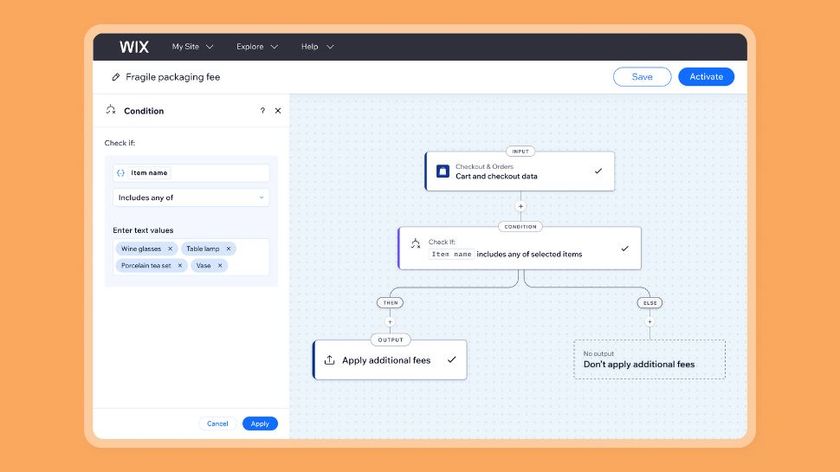UK ESN is £3.1bn over budget and unlikely to be delivered on time
NAO publishes damning report
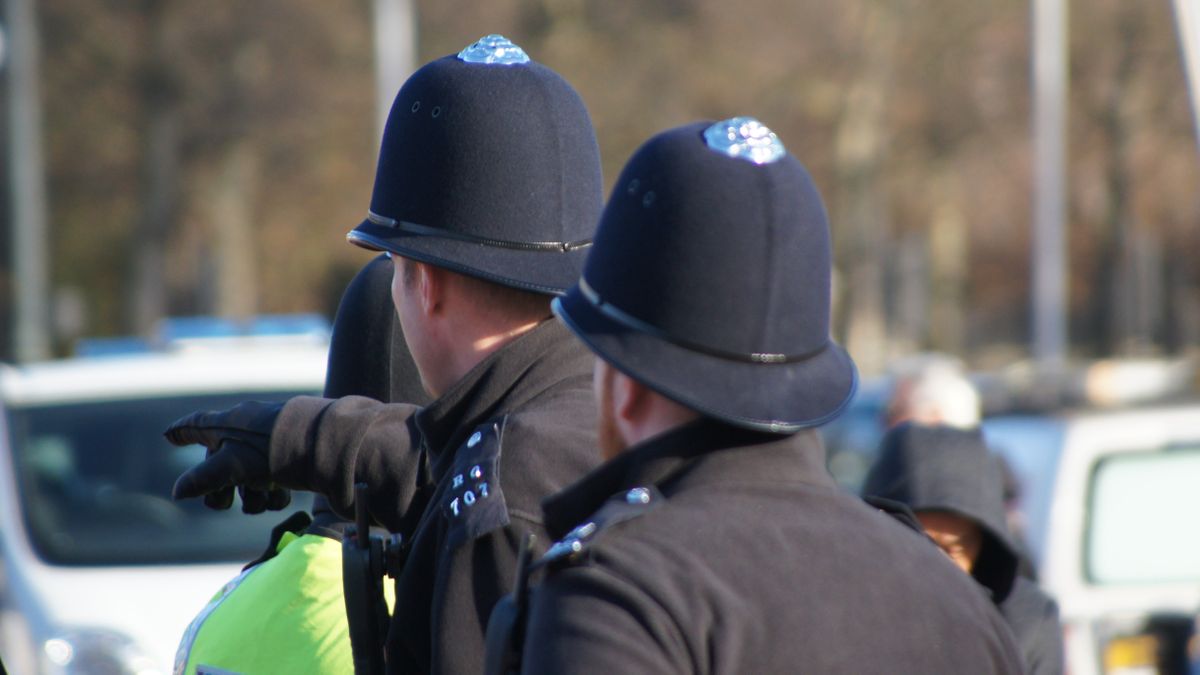
The delayed 4G-enabled Emergency Services Network (ESN) is £3.1 billion over budget and unlikely to be delivered on schedule, a government watchdog has warned.
The Home Office had intended for the ESN to go live in September 2017, providing police forces, firefighters and ambulance crews with critical communications and access to mobile applications that would improve public safety.
On top of that, it was expected that the ESN, powered by EE’s 4G infrastructure, would deliver significant cost savings over the analogue radio-based Airwave. The Home Office had originally wanted to switch off Airwave later this year.
- Home Office confirms phased ESN rollout
- EE to launch 5G in 2019
- What is 5G? Everything you need to know
ESN delays
However repeated delays led the Home Office to ‘reset’ the project in September 2018, with rollout introduced in phases. Data services will arrive sooner but Voice services will be handed over at a later date.
The Home Office has secured an agreement with Motorola Solutions to maintain and upgrade Airwave until at least the end of 2022.
A previous report from the National Audit Office found that the Home Office was underestimating the risks associated with delivering ESN. The concern was that without time for sufficient testing, public safety could be put at risk.
This latest review aimed to discover what the reset meant for the project and whether these risks had been addressed. The results are damning.
Are you a pro? Subscribe to our newsletter
Sign up to the TechRadar Pro newsletter to get all the top news, opinion, features and guidance your business needs to succeed!
“To date, the Home Office’s management of this critical programme has represented poor value for money,” said the NAO.
The NAO aside the Home Office had only resolved some of the key issues and that the emphasis on limiting the costs of extending Airwave meant plans were not sufficiently developed. The watchdog added that the Home Office does not have a plan detailed enough to show that it demonstrates the challenges faced by emergency services in implementing the ESN.
On the basis that Airwave will not be replaced until these concerns have been satisfied, NAO believes that past performance suggests the 2022 target is still too ambitious unless the Home Office offers such a plan.
“The Emergency Services Network (ESN) is on track to deliver an ambitious, world-leading, digital communications network for the emergency services by 2022, resulting in savings of £200 million a year,” a Home Office spokesperson told TechRadar Pro.
“It is already allowing people to make 999 calls from areas where it was previously impossible, with almost 400 new masts built so far in some of the most remote areas of Britain.
“When fully implemented, its mobile technology and infrastructure will transform the emergency response of police officers, fire fighters and ambulance crews. This will result in faster and better treatment for victims, including by allowing first responders to transmit footage of crime and accident scenes back to specialists in hospitals and police stations.”
EE won a £1 billion contract in 2015 to build more than 400 new sites and to develop a core system to support the ESN, while long range 800MHz spectrum will be deployed at 3,500 locations. The network will be able to prioritise ESN traffic when required and the firm will introduce satellite backhaul for hard to reach areas. The tube in London will also be covered.
- Here are the best BT broadband deals for May 2019
Steve McCaskill is TechRadar Pro's resident mobile industry expert, covering all aspects of the UK and global news, from operators to service providers and everything in between. He is a former editor of Silicon UK and journalist with over a decade's experience in the technology industry, writing about technology, in particular, telecoms, mobile and sports tech, sports, video games and media.



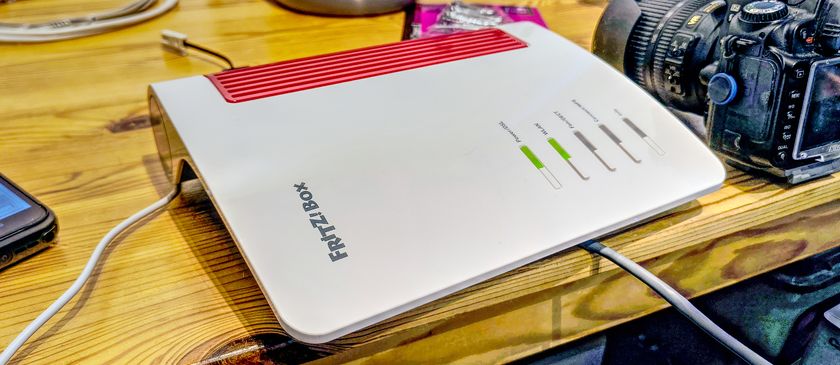




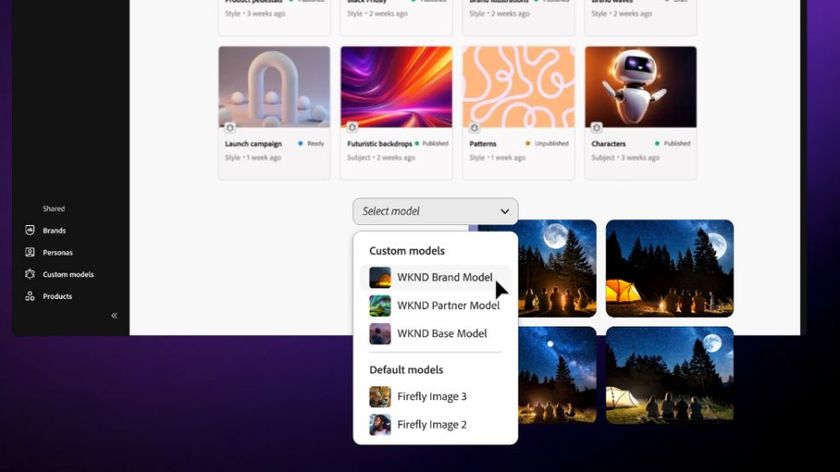

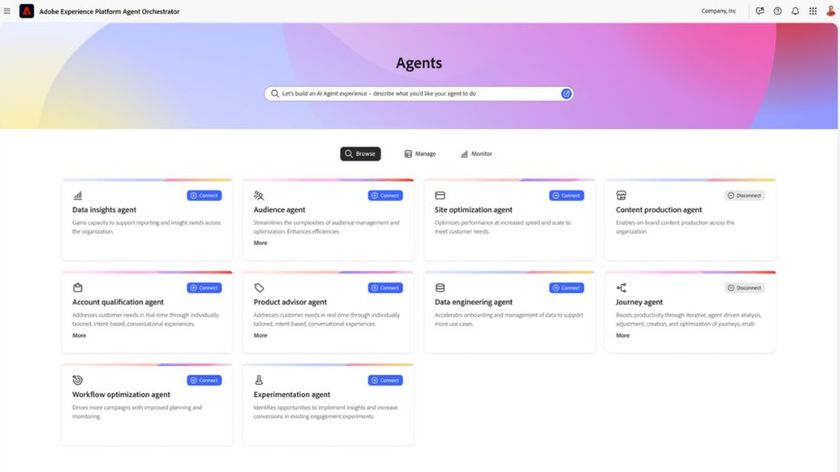


Privacy Hero II VPN Router

When I tested this global tracker, it trounced the Apple AirTag in so many ways



